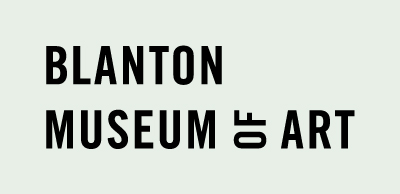Saint Bernard
Primary
Unknown French
NationalityFrench, Europe
Datecirca 1470
MediumOil, tempera, and gold leaf on wood panel
DimensionsSight: 19 9/16 × 14 3/16 in. (49.7 × 36 cm)
Overall: 19 9/16 × 14 1/4 in. (49.7 × 36.2 cm)
Framed: 22 7/8 × 18 1/4 in. (58.1 × 46.4 cm)
Overall: 19 9/16 × 14 1/4 in. (49.7 × 36.2 cm)
Framed: 22 7/8 × 18 1/4 in. (58.1 × 46.4 cm)
Credit LineBlanton Museum of Art, The University of Texas at Austin, Gift of Charles and Loretta Marsh, 1984.105
Rights Statement
Collection AreaEuropean Painting and Sculpture
Object number1984.105
On View
On viewLocations
Label Text- exhibition BMA, Gallery, A10 - Glickman Galleries
This painting presents an unflattering, naturalistic portrayal of an elderly man through the artist's meticulous depiction of wrinkles, veins, warts, and graying hair. The figure has been considered to be Saint Bernard of Clairvaux, who led the reform of the Cistercian Order in twelfth-century France. He wears a white habit, which is usually associated with the Order, and holds an abbot's crozier. The inscription on the ribbonlike banderole reads, “Monstra te esse matrem (Show thyself to be a mother),” the words that Bernard used in his prayer before a statue of Mary. According to legend, the statue came to life and spouted milk from her breast in response to his plea.
It is unclear, however, if the present work was originally meant to be an image of Bernard. A close examination of the paint layers has recently revealed that the banderole and the upper half of the crozier, along with the blue clouds in the top corners, are later additions. It is possible that the painting was modified to represent the saint, sometime after its creation.














